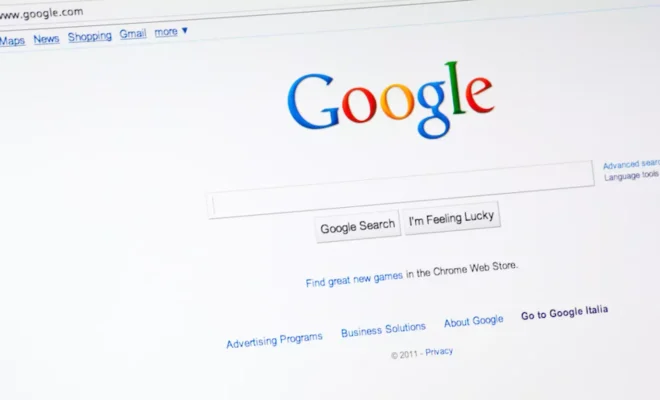What Do CC and BCC Mean in an Email?

When it comes to sending emails, there are quite a few things to keep in mind, from addressing the recipient correctly to ensuring that the content is appropriate. One important thing to keep in mind is the use of CC and BCC. These are two abbreviations that may seem simple, but they can change the way you communicate with others.
CC stands for carbon copy. This term originated from the days when people used carbon paper to make copies of documents. Now, with email, CC refers to the process of sending a copy of an email to someone other than the primary intended recipient. This person may be someone who needs to see the information but doesn’t need to be part of the main conversation.
BCC, on the other hand, stands for blind carbon copy. This means that when you send an email, you can add a recipient to the BCC field, so that they receive a copy of the email too, but their name will not be visible to any of the other recipients. This is particularly useful when you want to send an email to multiple people, but don’t want others to know who else received the email.
So, what are the advantages of using CC and BCC? Here are some of the benefits they offer:
1. Better communication: Using CC and BCC can make communication more efficient, as those who are included can understand the context of the email, even if they are not the primary recipient.
2. Transparency: CC allows all recipients to see who has been sent the email, while BCC offers greater confidentiality, without revealing the names of other recipients.
3. Time-saving: By using CC and BCC, you can communicate important information to multiple people at once, without having to send separate emails to each individual.
4. Professionalism: Using CC and BCC allows you to communicate in a more professional manner. You can organize group emails easily and respond to multiple individuals without cluttering their inboxes.
However, there are some common mistakes that people make when using CC and BCC, such as:
1. Including too many people: If you add too many people to the CC or BCC field, the email thread can become cluttered, and people may start ignoring future emails because they perceive them as spam or irrelevant messages.
2. Using BCC inappropriately: If you use BCC to secretly copy or “spy” on someone, this is not ethical or professional. It can also damage your reputation and undermine trust.
3. Failing to check recipients: Before you hit send on an email, always check that you’ve selected the right recipients in the CC and BCC fields. Sending sensitive information to the wrong person can be disastrous.






